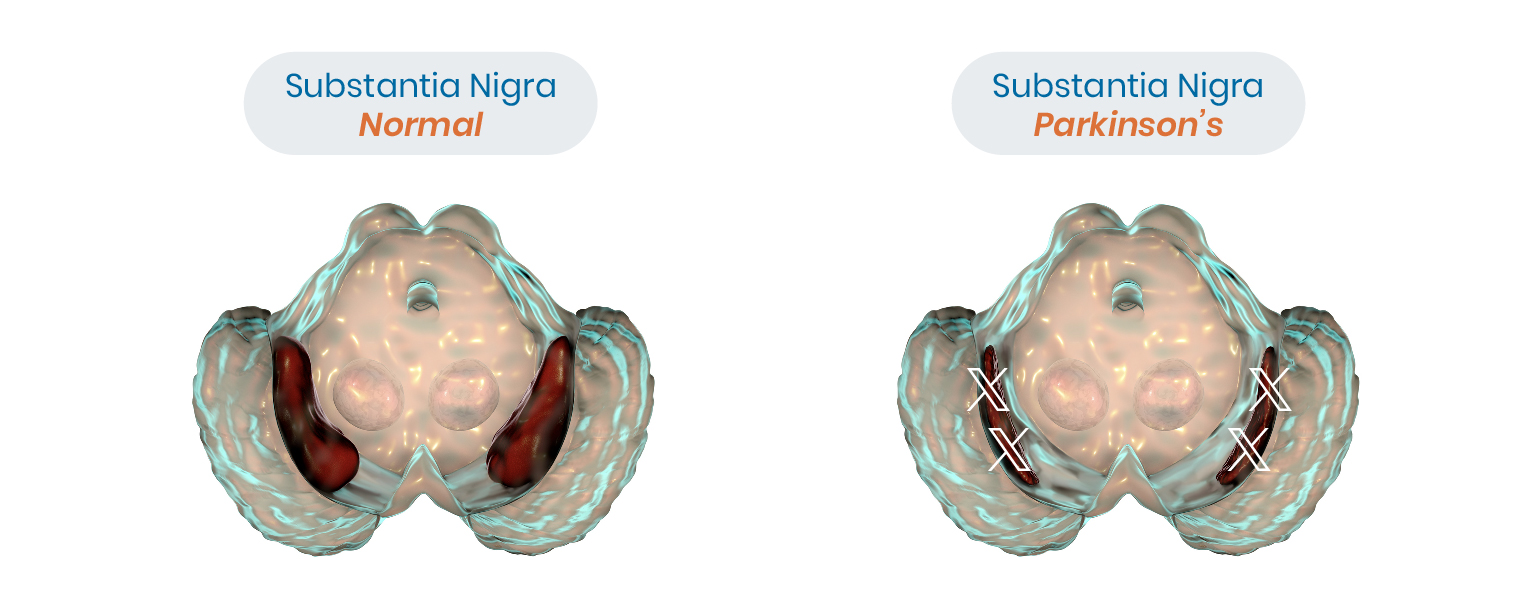
Just what is it about the algebraic letter X that serial entrepreneur and real-life X man, Elon Musk, likes so much?
Hmm…let’s see…his son is named X Æ A-Xii, “X” for short and really thank goodness because how do you pronounce THAT???, one of his first ventures was an online bank known as X.com, which later became PayPal, where Musk tried—and failed—to bring back the X name, his rocket company is Space X, his artificial intelligence company is X.AI, Tesla has a Model X car, and now Elon has changed the name of Twitter to X.
So, does that mean we should now call it “the social media platform formerly known as Twitter” kind of like Prince when he changed his name to the symbol below?

Insert double shrug emoji.

To add to the confusion, X is also shorthand for Ecstasy or NDMA, a widely abused synthetic amphetamine derivative, and possible therapy for post-traumatic stress disorder (PTSD) whose use, according to more than one online source, Elon reportedly touts.
Far be it from us to rumormonger, and sorry, Elon, if this information about you is in any way false or misleading, but, for the greater good, we want to take this opportunity, afforded to us by your love affair/obsession with the 24th letter in the alphabet, to discuss the possible link between Parkinson’s disease (PD) and exposure to different drugs and chemicals including Ecstasy. For Ecstasy, the only real link, which is tenuous at best, involves isolated case reports of young-onset Parkinson’s Disease in a few “X” users.
Three chemicals with much stronger associations to PD are 1) the weed killer, paraquat, 2) a widely used spot remover, trichloroethylene (TCE), and 3) a synthetic heroin from the 1980s called MPTP.
In Parkinson’s disease, because of genetic or environmental factors or both, dopamine-producing neurons in a specific area of the brain called the substantia nigra degenerate, as shown below in Figure 1.
Figure 1: Xs Mark the Spot: The Substantia Nigra

Dopamine (DA) is a neurotransmitter that regulates movement, learning, emotional responses, and pleasure. The DA imbalance that results is responsible for the typical clinical symptoms of PD, which include resting tremor, stiffness, slowness of movement or bradykinesia, and poor balance and motor coordination. As Michael J. Fox’s brilliant tragicomic documentary, Still, recounts, (see blog post A Review of Still, a Michael J. Fox Documentary), PD is no walk in the park as the actor regularly falls and badly injures himself wherever and whenever he walks because of how unpredictable his movements are and how unsteady his gait, which makes it a challenge to remain upright.
In development for Parkinson’s are several potentially disease-modifying therapies like nibrozetone (RRx-001) with antioxidant and anti-inflammatory activity.
How would Elon Musk most probably refer to an anti-Parkinsonian therapy like nibrozetone?
As an (RR) X factor.
